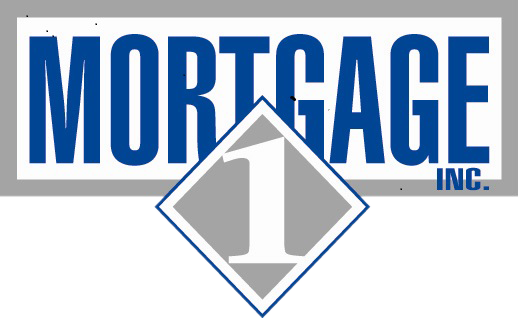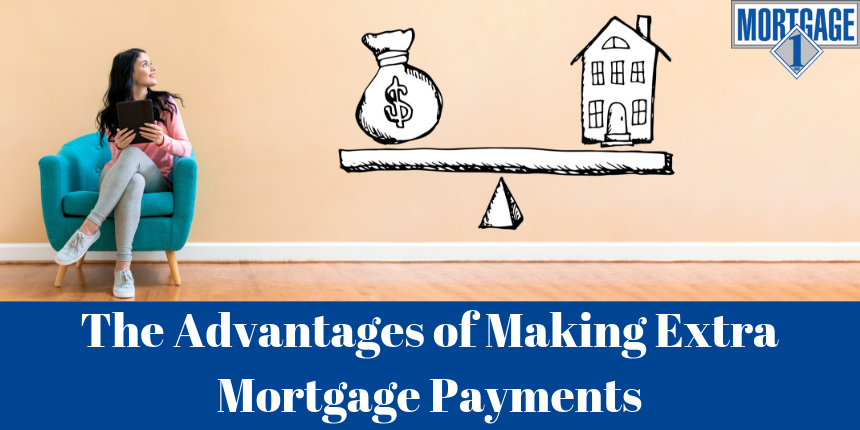
What is a conventional mortgage?
July 11, 2019
Cash-Out Refi vs. HELOC: Which Should You Choose?
August 1, 2019A house is the biggest purchase most people make in their lifetimes. The mortgage they obtain to finance that house is likely the biggest single investment they will ever make.
Even with the popularity of shorter terms and creative loans, most mortgages are still the tried-and-true 30-year conventional variety. First-time home buyers staring down the gauntlet of 360 payments spread over the next three decades of their life can feel like there is no end in sight. And for those who dare to look at their amortization schedules, that no-end-in-sight feeling can be even greater.
But there is a way to get ahead of the game: making extra mortgage payments.
Ready for a mortgage? Get started today with Mortgage in a SNAP!
Why It Makes Sense to Make Extra Mortgage Payments
Why does it make sense to make extra mortgage payments? Put simply, you will save significant amounts in interest. Most mortgage contracts allow borrowers to make extra payments, and they allow all of the extra money to be applied to the principal amount of your loan. That means you are paying down the real amount of the loan – the money you borrowed – faster. Because the interest part of your loan is calculated on the amount of principal you still owe, reducing your principal amount greatly reduces the interest amount.
According to the web site interest.com, “a $200,000 30-year home loan with an interest rate of 5% would cost $186,512 in interest with the traditional 12 payments a year. Make the equivalent of 13 monthly payments every year, and the loan will be retired in 26 years and you will pay only $153,813 in interest — a savings of $32,699.”
That’s nothing to sneeze at.
How to Make Extra Mortgage Payments
When it comes to making extra payments on your mortgage, there are a variety of tactics that can be used. Each has the same goal in mind: to reduce the principal and, thereby, reduce interest.
The tactics for making extra mortgage payments include:
Accelerated Payment Schedule
Rather than making your mortgage payment once per month, or the equivalent of every four weeks, you could make payments every two weeks. This biweekly payment plan results in 26 half-payments, which is the equivalent of 13 full payments for the year. The extra payment each year can shave off eight years from a 30-year loan.
Extra Principal with Each Monthly Payment
If you’re looking to chip away at your mortgage at a more gradual pace, pay a little extra each month. Check with your lender to make sure the additional payment goes directly to the principal. Depending on how much extra principal you pay, you could shorten your loan significantly. And, best of all, because your are shortening the loan duration, you will save significant amounts in interest.
One Additional Payment Per Year
Another tactic is to make one additional, principal-only payment per year. Some people who do this use their income tax refund for this purpose.
One Additional Payment Per Quarter
Making an additional payment each quarter results in four extra payments per year. On a $220,000, 30-year mortgage with a 4% interest rate, you would cut 11 years off your mortgage and save $65,000 in interest.
Lump-Sum Payment
Applying a lump-sum payment toward your principal balance when you come into extra cash — a bonus at work, a sizable inheritance — can shave time from your mortgage. This approach isn’t as consistent as some of the other methods, but, if the lump payment is large enough and depending on where you are in your timeline, it can eliminate many years.
Get Your Mortgage Started at Mortgage 1
If you are considering a conventional mortgage, or any type of mortgage, for that matter, you can start the process by calling us at (866) 532-0550 or using our Mortgage in a SNAP application.





